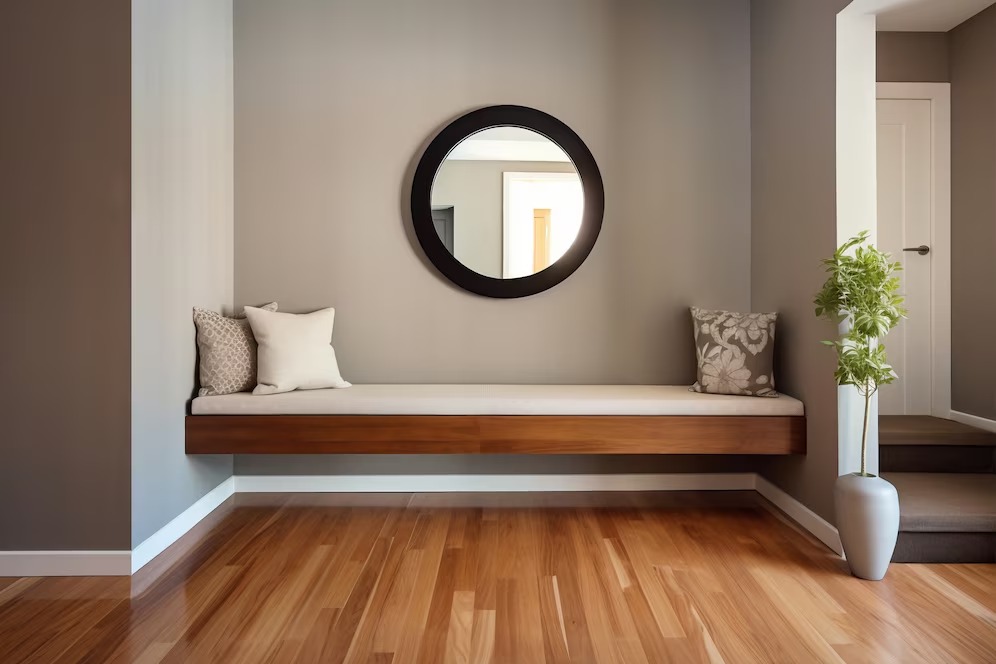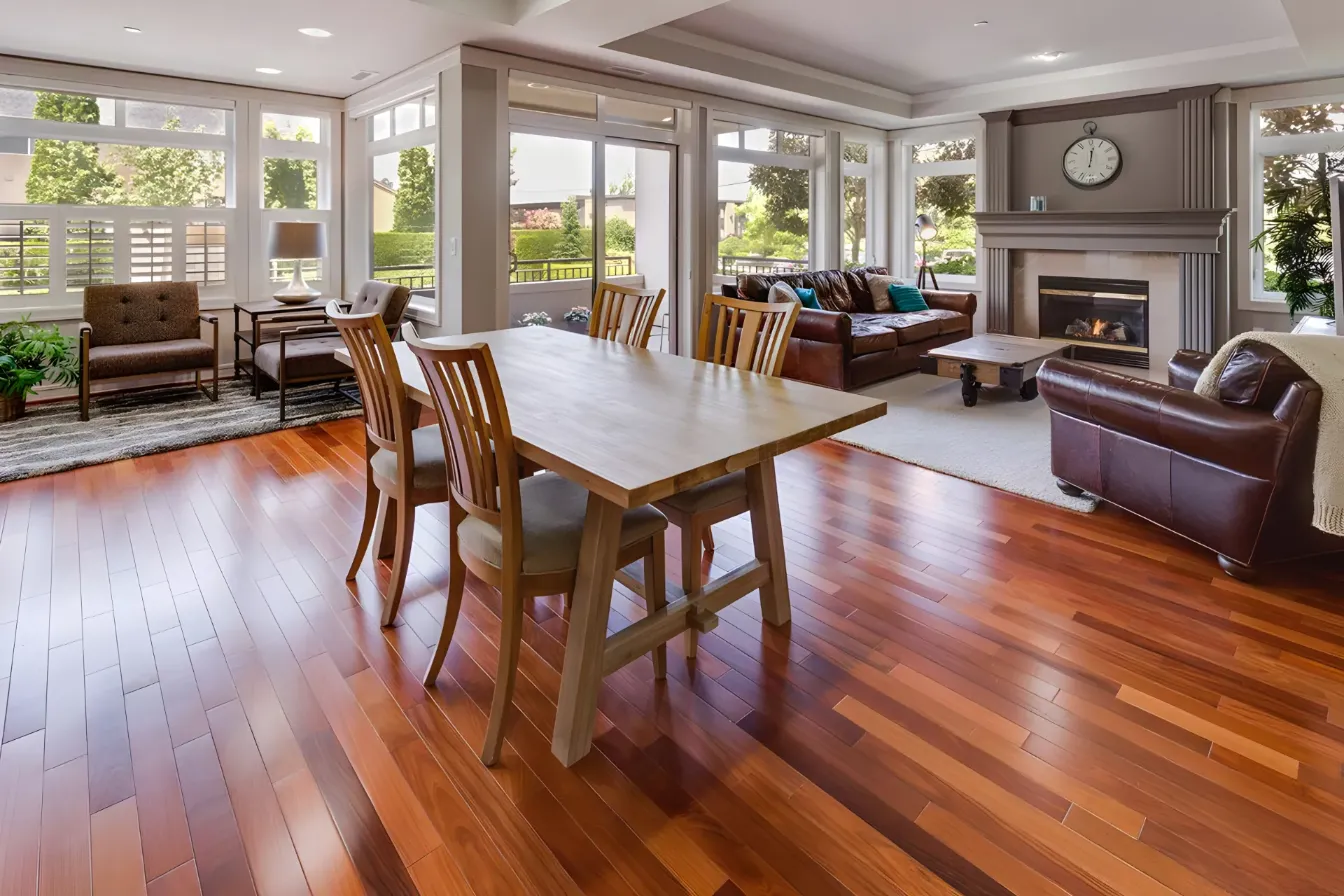Indoor flooring is a vital part of your home’s design, comfort, and functionality. Taking proper care of it not only enhances aesthetics but also prolongs its life. Whether you have hardwood, vinyl, tile, or laminate, each type of flooring requires specific maintenance. This article will guide you through effective ways to maintain and protect your indoor flooring, using expert advice and proven strategies. Below are key points every homeowner should consider.
Understanding Different Types of Indoor Flooring
Different types of indoor flooring demand different levels of care. Knowing the material you’re working with is the first step to effective maintenance.
Hardwood flooring requires regular dusting and occasional polishing to avoid dullness and scratches.
Vinyl flooring is durable but needs gentle cleaners to avoid damage.
Tile flooring benefits from regular grout cleaning and sealing.
Laminate flooring should be kept dry to prevent warping.
Understanding your flooring type helps you build a maintenance routine that preserves longevity while avoiding unnecessary wear and tear.
Creating a Daily and Weekly Cleaning Routine
A consistent cleaning schedule is essential to maintaining your indoor flooring. Dust, dirt, and moisture are the biggest culprits behind floor damage.
Establish a daily habit of sweeping or vacuuming with soft bristles to prevent scratches. Weekly, use a damp mop with pet-safe floor cleaners, especially in high-traffic areas. Avoid over-wetting the floor, especially if it’s wood or laminate. A floor cleaning routine helps extend your flooring’s life and keeps it looking fresh and polished.
Common Mistakes That Damage Indoor Flooring
Avoiding damage is as important as regular cleaning. Many homeowners unknowingly shorten the lifespan of their indoor flooring.
Using harsh chemical cleaners can strip finishes and cause discoloration.
Dragging furniture leads to scratches — always use pads or felt.
Allowing moisture to sit causes warping and mold growth.
Skipping regular sweeping allows dirt to grind into the floor’s surface.
Walking in shoes indoors accelerates wear, especially on scratch-resistant flooring.
These errors can cause long-term harm, even to the most durable surfaces.

Seasonal and Deep Cleaning Considerations
Your indoor flooring needs seasonal care to adjust to changing weather conditions. Temperature, humidity, and foot traffic fluctuate throughout the year.
In colder seasons, salt and moisture from shoes can damage floors — place mats at every entrance. Summer may bring dust and pet dander, requiring more frequent vacuuming. Every few months, consider deep-cleaning your flooring with manufacturer-recommended methods. Proper flooring care guides often include seasonal adjustments, helping you stay ahead of buildup and damage.
Tips for Preserving and Protecting Indoor Flooring
Preventive measures can dramatically increase the lifespan of your indoor flooring. Investing in protection tools pays off in the long run.
Use rugs or mats in high-traffic zones.
Apply floor sealants if appropriate for your flooring type.
Place pads under furniture to reduce dents and scratches.
Keep a “no shoes” policy indoors.
Control indoor humidity to protect wood from swelling or cracking.
These small changes make a big difference in how long your flooring retains its original look and feel.
Caring for Indoor Flooring with Pets and Children
Homes with pets or kids experience more wear and tear on indoor flooring. You’ll need strategies that are safe and effective for all residents.
Use non-toxic, pet-safe floor cleaners for quick cleanups. Clip pets’ nails regularly to prevent scratching, and place mats under food and water bowls. For children’s play areas, use protective rugs to reduce impact. This ensures safety and cleanliness while maintaining the floor’s condition.
When to Call the Professionals
Sometimes, despite your best efforts, professional help is needed to restore or repair indoor flooring.
If you notice warping, deep scratches, or fading finish, it’s best to hire a flooring expert. Re-coating or resealing services can revive dull floors and address structural concerns. Regular professional maintenance based on your flooring type ensures safety, beauty, and functionality over time.
Frequently Asked Questions (FAQs)
Q1: How often should I clean my indoor flooring?
A: Sweep or vacuum daily, mop weekly, and deep-clean seasonally for optimal results.
Q2: What is the best way to clean tile indoor flooring?
A: Use a neutral cleaner and focus on grout lines. Avoid acidic substances.
Q3: Are steam mops safe for all types of indoor flooring?
A: No. Steam can damage wood and laminate. Always check manufacturer guidelines.
Q4: How do I protect indoor flooring from furniture damage?
A: Use felt pads, avoid dragging items, and consider area rugs under heavy pieces.
Q5: Is there a universal floor cleaner for all indoor flooring types?
A: It’s best to use cleaners specific to your flooring type to avoid damage.
Final Thoughts
Knowing how to take care of your indoor flooring helps protect your investment and maintain the comfort and appeal of your home. By using the right cleaning routines, avoiding common mistakes, and taking preventive measures, you ensure your indoor flooring stays beautiful for years. Whether you’re dealing with pets, children, or high foot traffic, a proactive approach keeps every surface in top condition.


0 Comments